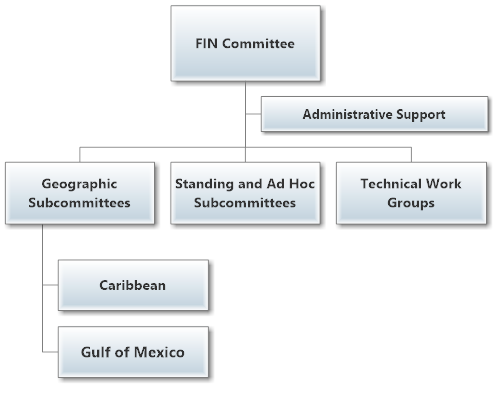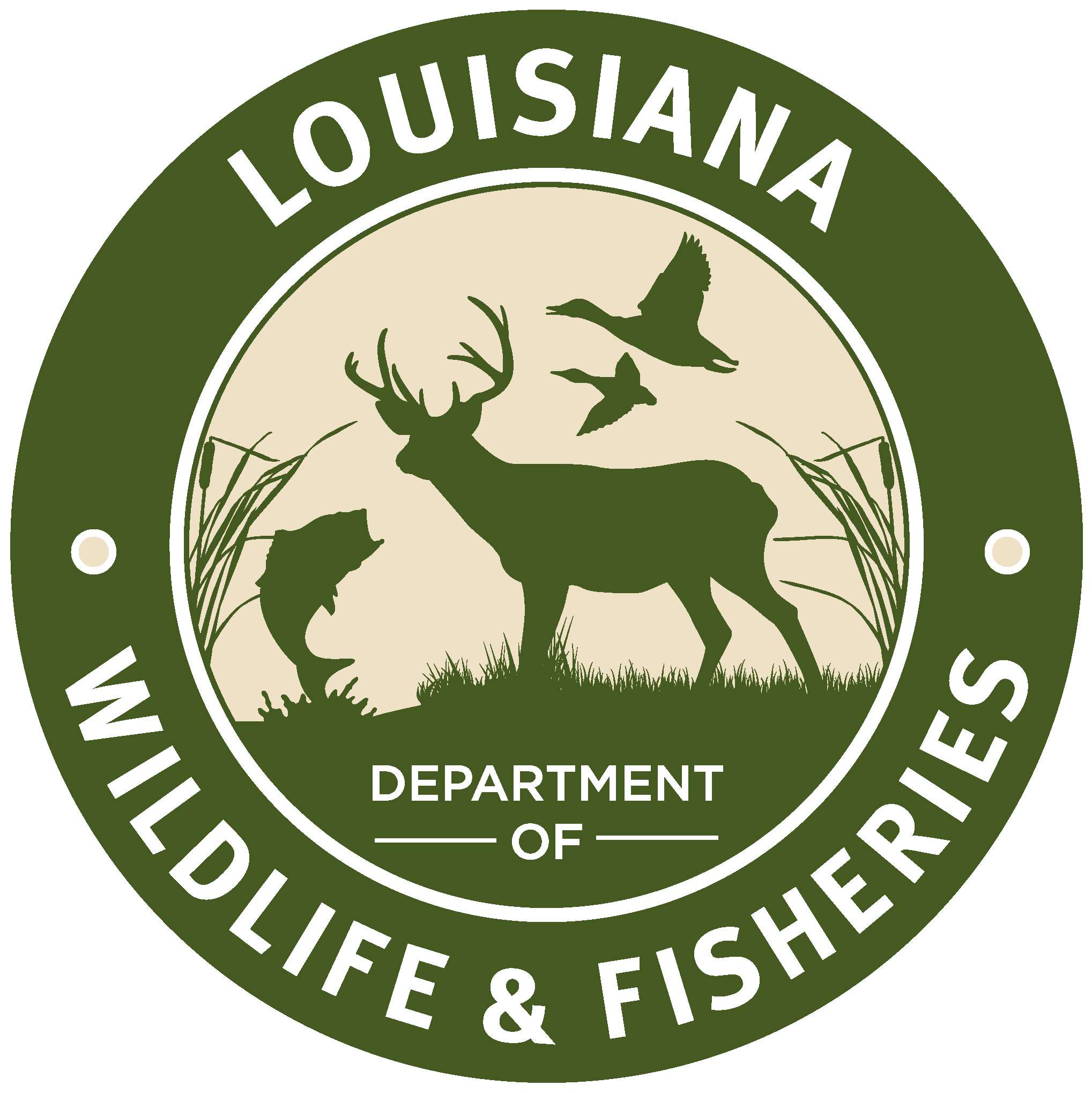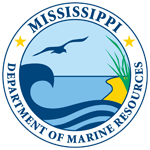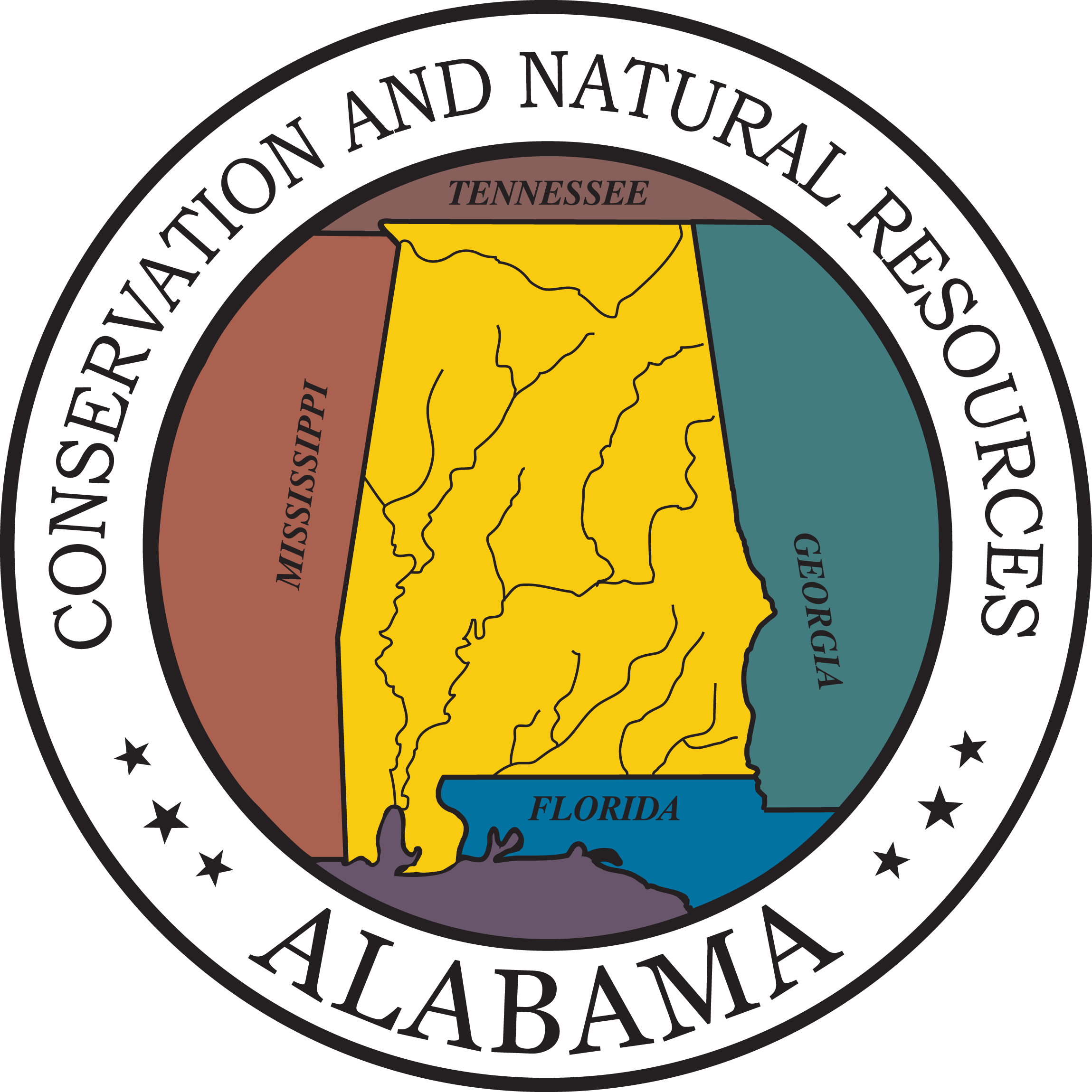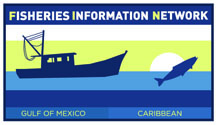
Fisheries Information Network
The Purpose
The Fisheries Information Network (FIN) is a state-federal cooperative program among agencies to collect, manage, and disseminate statistical data and information on the commercial fisheries of the Southeast Region. The FIN is designed to provide sound scientific information on catch, effort, and participation that managers need to prudently conserve and manage marine commercial fisheries resources in the Region. Under this program, there are two distinct components: the Commercial Fisheries Information Network (ComFIN) and the Recreational Fisheries Information Network in the Southeast Region [RecFIN(SE)].
The vital information needed to meet minimum management information requirements is lacking for many important fishery resources in the Region. This deficiency has been recognized by management agencies, and attempts have been made to improve and expand current efforts. Although considerable progress has been made in the collection of fishery statistics, the continuing changes in the nature and status of marine commercial and recreational fisheries in the Region and the increasingly complex management regimes are creating ever-increasing demands for more comprehensive, accurate, and timely data.
A long-standing partnership exists among fishery management organizations in the Region which have similar or related mandates to conserve and manage living marine resources in their respective jurisdictions and areas of responsibility. The Region's fishery management agencies recognize the need for and benefits of a cooperative program for commercial and recreational statistics.
The constituency served by the FIN are state and federal agencies in the Region concerned with conservation and management of marine commercial and recreational fisheries. Primary data users will be the Memorandum of Understanding (MOU) signatories that assess stocks, forecast trends, and monitor fishery regulations. Also benefiting from the FIN information will be other agencies responsible for the conservation and management of living marine resources in the Region.
Mission
The mission of the FIN is to cooperatively collect, manage, and disseminate marine commercial, recreational and anadromous fishery data and information for the conservation and management of fishery resources in the Southeast Region and to support the development of a national program. The four goals of the FIN are:
- To plan, manage and evaluate commercial and recreational fishery data collection program;
- To implement a commercial and recreational fishery data collection program;
- To establish and maintain commercial and recreational fishery data management system; and
- To support the development and operation of a national program.
Organizational Structure
The organizational structure of the program consists of the FIN Committee, geographic subcommittees (Caribbean and Gulf), standing and ad hoc subcommittees, technical work groups, and administrative support.
The FIN Committee, consisting of the signatories of the MOU or their designees, are responsible for planning, managing and evaluating the program. Agencies represented by signatories to the MOU are the National Marine Fisheries Service, Alabama Department of Conservation and Natural Resources/Marine Resources Division, Florida Fish and Wildlife Conservation Commission/Fish and Wildlife Research Institute, Louisiana Department of Wildlife and Fisheries, Mississippi Department of Marine Resources, Puerto Rico Department of Environmental and Natural Resources, Texas Parks and Wildlife Department, U.S. Virgin Islands Department of Planning and Natural Resources, U.S. Fish and Wildlife Service, National Park Service, Gulf States Marine Fisheries Commission, Caribbean Fishery Management Council and Gulf of Mexico Fishery Management Council. As of October 1998, the Georgia Department of Natural Resources, South Carolina Department of Natural Resources, North Carolina Department of Environment, Health, and Natural Resources, South Atlantic Fishery Management Council and Atlantic States Marine Fisheries Commission no longer actively participated on the FIN Committee. Although there is no representation of the South Atlantic on FIN, the South Atlantic continues to participate at the work group level and there is continued participation by staff member from both programs to ensure compatibility and comparability.
The FIN Committee is divided into two standing subcommittees representing the major geographical areas of the Region: Caribbean and Gulf of America. These subcommittees will be responsible for making recommendations to the Committee on the needs of these areas. Standing and ad hoc subcommittees are established as needed by the Committee to formulate administrative issues, and technical work groups are established by the Committee to carry out tasks on specific technical issues. Coordination and administrative support of the FIN is accomplished through the Gulf States Marine Fisheries Commission.
Activities
The FIN is comprised of coordinated data collection activities, an integrated data management and retrieval system, and procedures for information dissemination. Ongoing marine commercial and recreational fisheries surveys are conducted by various state and federal agencies throughout the year. The FIN Committee will review and evaluate ongoing activities and provide recommendations for continued operations.
Beginning in 1999, through the GulfFIN and RecFIN line items, FIN received funding to conduct operational activities. The monies provide funds to conduct a variety of activities related to data collection and management of commercial and recreational data in the Gulf of America. The current activities included:
- Coordination and Administration of FIN Activities
- provides for the coordination, planning, and administration of FIN activities throughout the year as well as provide recreational and commercial information to the FIN partners and other interested personnel
- Collecting, Managing and Disseminating Marine Recreational Fisheries Data
- provides for the conduct of the MRIP survey in Mississippi, Alabama, and Florida for shore, for-hire, and private modes, an activity under the RecFIN(SE). It provides for coordination of the survey, a field intercept survey of shore, for-hire and private boat anglers to estimate angler catch using the existing MRIP methodology, and entry of the data. These data are combined with the NMFS effort estimate telephone survey. In addition, the states conduct supplemental sampling of the for-hire mode for charter boats in Mississippi, Alabama, and Florida. The states also conduct the For-Hire Telephone Survey where weekly telephone calls are made to a 10% random sample of the Mississippi, Alabama, and Florida charter boat captains to obtain estimates of charter boat fishing effort.
- Head Boat Port Sampling
- provides for the sampling of catches, collection of catch reports from head boat personnel, and gathering of effort data on head boats which operate primarily in the Exclusive Economic Zone from ports along the coasts of Texas, Louisiana, Mississippi, Alabama and Florida.
- Operation of FIN Data Management System
- provides funding for a Data Base Manager and ComFIN Survey Coordinator who continue to work on developing and implementing more data modules for the FIN data management system.
- Trip Ticket Program Implementation and Operation
- provides for the implementation and operation of commercial trip ticket systems in the Gulf of Americaa, an activity under the ComFIN. In Texas, Louisiana, Mississippi, Alabama and Florida, the states continue the operation of trip ticket programs (please note, Florida does not received funding through the GulfFIN line item). In addition, GSMFC continues to work with a contractor for the operations of a system for dealers to electronically capture and transfer trip ticket data.
- Biological Sampling
- provides for the collection of biological data from the recreational and commercial fisheries. These data are essential for accurately assessing the status of commercial and recreational species in the Gulf of America. For the commercial aspect, port samplers collect this information based on established FIN guidelines. For the recreational side, samplers go to sites and collect the necessary biological data using a modified MRIP methods. This task provides funding for collection as well as the processing and analysis of these data. The species targeted include black drum, gag, gray snapper, gray triggerfish, greater amberjack, king mackerel, red drum, red grouper, red snapper, sheepshead, flounders (Gulf & southern), spotted seatrout, striped mullet, tilefish, vermilion snapper, and yellowedge grouper.
Age and Growth
Age determination is an integral part of the analysis of exploited fish populations. Most of the state agencies responsible for fisheries management routinely collect and process hardparts taken from fish sampled using fishery-dependent and fishery-independent methods for ageing. The technical skills and equipment needed for “production ageing” varies and depends on the type of fish, the characteristics of their otoliths, and the information expected to be derived for stock analysis. While numerous publications have been written that describe techniques for sampling, processing, and analyzing otoliths for age determination, the Gulf States Marine Fisheries Commission (GSMFC) developed a manual of standard techniques to facilitate consistent, quality age determination of exploited Gulf of America fishes and outline methodologies employed in the processing of hardparts. The intent of the manual is to be a dynamic resource that changes as additional species-specific processing techniques are developed and new processing tools become available. Standardization of techniques is a cornerstone of fisheries science, and this manual has helped facilitate the adoption of these techniques and standards for the same and similar species well beyond the Gulf region and allows for comparable information necessary for age structured stock assessments both at state and regional levels.
Although we emphasize the use of otolith sections for age determinations, we also provide information on alternative processing and ageing techniques for particular species when appropriate including scales, fin rays and spines, vertebrae, and opercle bones. The manual serves as a valuable training tool for new laboratory personnel and as a guide for ageing species of common interest to the Gulf and the Atlantic states.
The current ageing manual includes numerous species for which data are currently being collected under the Gulf's Fisheries Information Network (FIN) Program as well as those collected along the Atlantic under the ACCSP Program. Many of these species have been identified for stock assessment in NOAA's Southeast Data, Assessment, and Review (SEDAR) process. The quality of data and ability to validate age data using these standard techniques is critical in stock assessment.
In addition to standardized processing techniques, the FIN program has also developed a number of reference sets for the Gulf species and holds annual training workshops with the various state and federal agencies to ensure field agents and lab technicians are determining ages from priority species with minimal amounts of errors.
More Information
If you need additional information concerning this program, please contact Gregg Bray at the GSMFC office at (228) 875-5912 or via e-mail.
